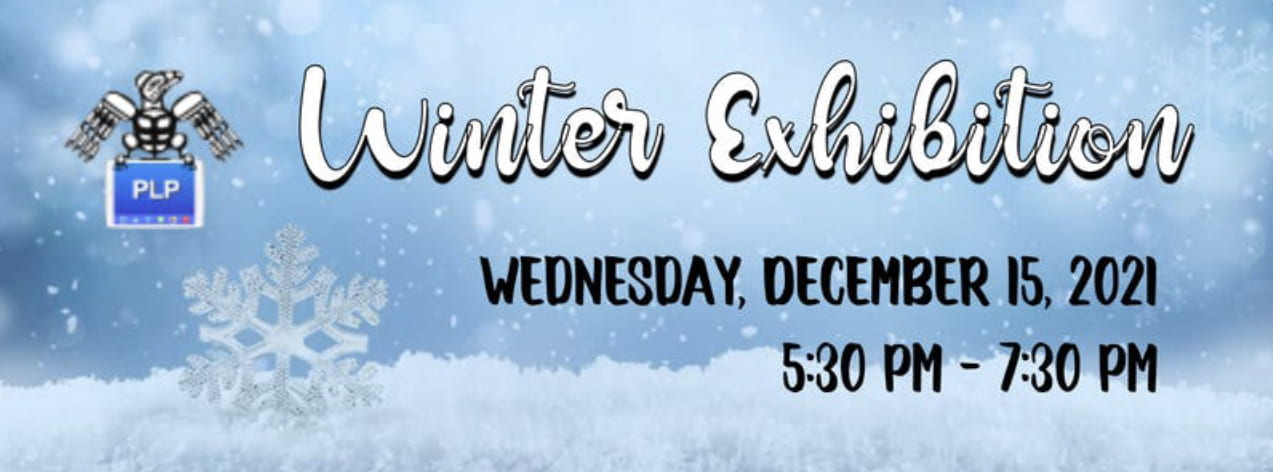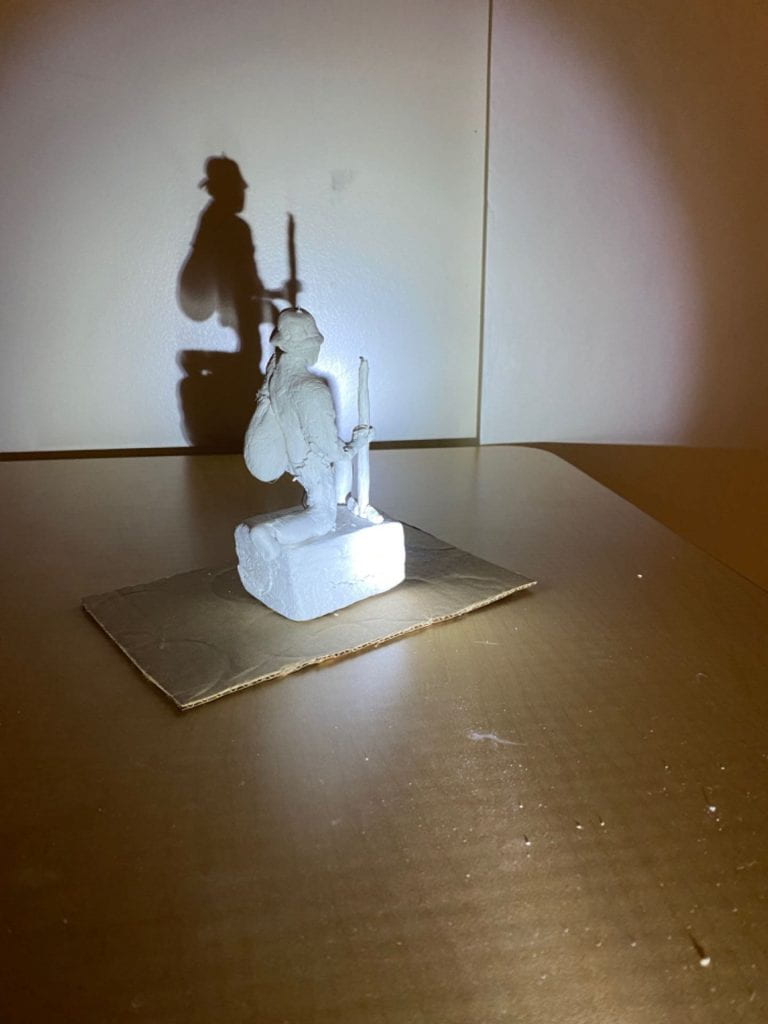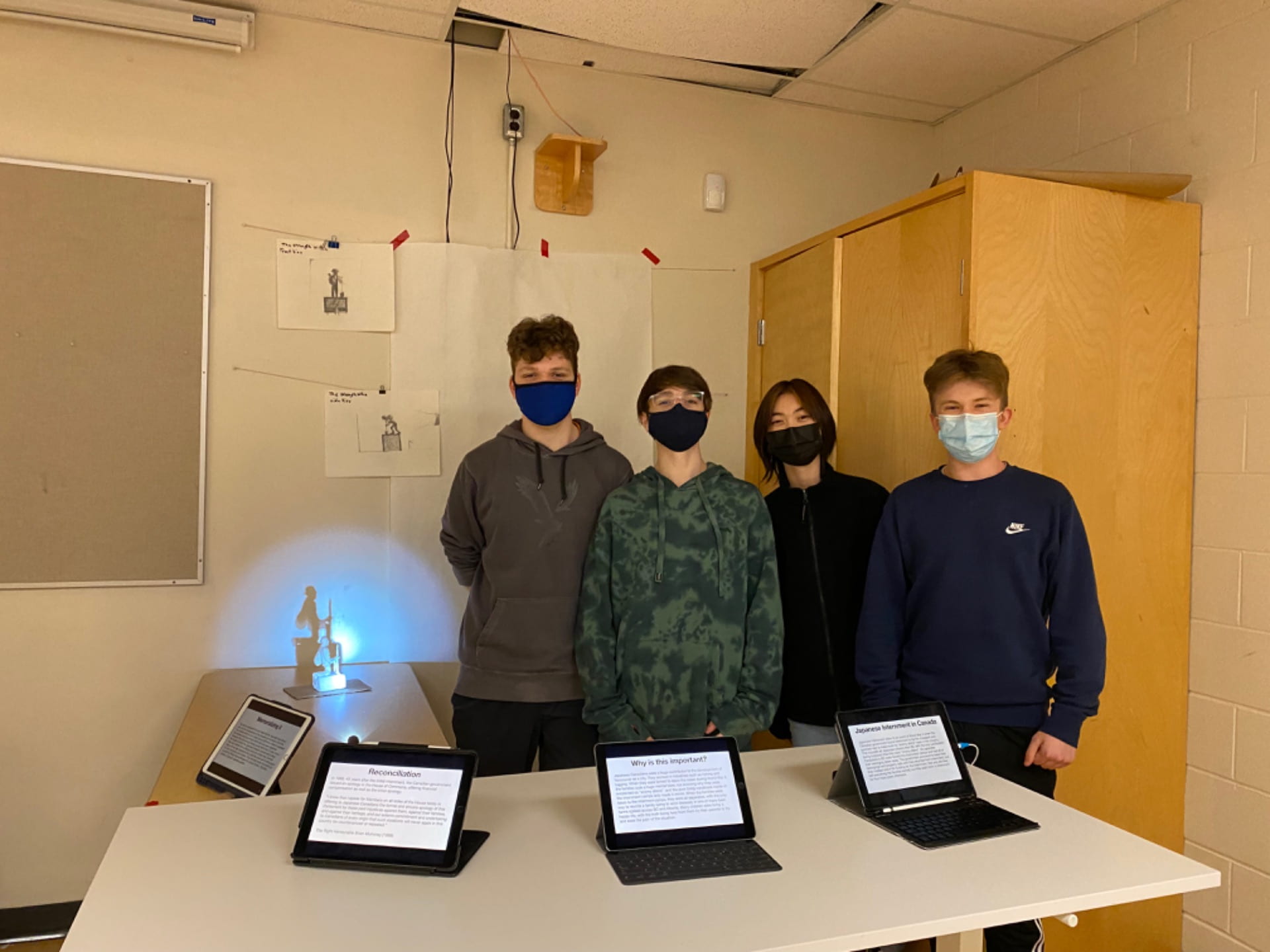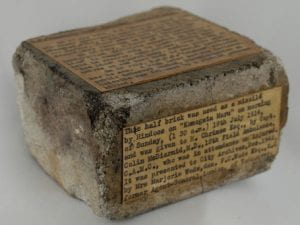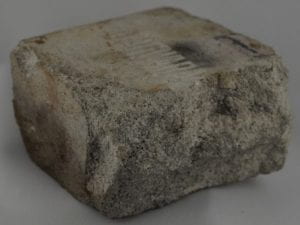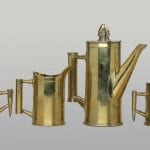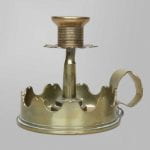
School has its issues. Everywhere you look, there is an imperfect school system. So does a perfect school system exist? I don’t think so, but we can get pretty close. In the modern world, kids are on their phones all the time right? Clearly we like our phones, so why not incorporate it into our schools? Here at Seycove, we do a pretty good job utilizing these tools to keep curiosity fresh and work a little more enjoyable. This is what I presented at our Spring Exhibition this year. We were tasked with analyzing our current school system, and coming up with ways to improve the system with the objective of creating more engaged and informed citizens.
What is technologically enhanced learning?
Technology-enhanced learning refers to the use of technology, such as digital tools, physical technology and online platforms, to enhance teaching and learning experiences by allowing students to learn in a way that is more of their own. It encompasses various resources like online courses, educational apps, and interactive whiteboards that aim to improve learning outcomes and develop crucial digital skills.
What are the benefits of technologically enhanced learning?
Technologically enhanced learning benefits Canadian schools by increasing engagement, personalizing education, providing access to vast resources, fostering global connections, and developing essential digital literacy and 21st-century skills, ultimately empowering students to thrive in a technology-driven world.
My project is not only focused on technology, but also providing new, hands on learning environments for learners. This is similar to the field studies we do in PLP, but the idea was for them to be far more frequent and local. The main idea with this is to engage students by providing new environments, where a student will be invited to be aware of their surroundings and be engaged in the situation.
What are the benefits of experiential learning?
Experiential learning offers the benefits of active engagement, practical application, and personalized experiences, fostering deeper understanding, skill development, and increased motivation. By providing hands-on, immersive experiences, it enhances memory retention, critical thinking, problem-solving skills, and the ability to transfer knowledge to real-world contexts, ultimately leading to a more meaningful and effective learning journey.
The biggest part that I, someone who has experienced technology in this way can confidently say that access to things like the internet in the classroom is an incredible tool for enabling curiosity. The other big part for me, is that I don’t have to use my awful handwriting, instead, I get to type, which is also faster.
No matter who you are, you probably have a phone or a tablet or maybe a laptop that you enjoy using for different purposes. That enjoyment does transfer to school or work to some degree, and this causes people to be more engaged in the activities that they take part in.
How does this all create more informed and engaged citizens?
I’m glad you asked. The way that you engage with society and gather information heavily depends on if you have the motivation or reason to do so. Someone who is determined to learn in school, is far more likely to have the drive to contribute to society later on. This also applies to curiosity. The current system does not foster creativity, as characterized by Logan in his project, School Kills Curiosity. Having technology that students are familiar with, and are more than willing to use helps boost engagement.
“Children often struggle to stay on task or interested, particularly if it is not interactive. One of the main benefits of technology is that it can make even the most mundane school tasks more engaging, which will help your students to stay focused. This is particularly poignant when we consider the earlier point of just how comfortable and normalized technology has become for young kids nowadays.” (Emma Cullen What is technology enhanced learning?)
Students who develop 21st century skills and are engaged in their community and school while growing up develop more sophisticated skills and thought processes, resulting in citizens who are naturally more active in society, whether it be as voters, or just developing humanity in one way or another.
Anyway, I think its time I give a little info about the exhibition now that you have an idea about what my project focuses on.
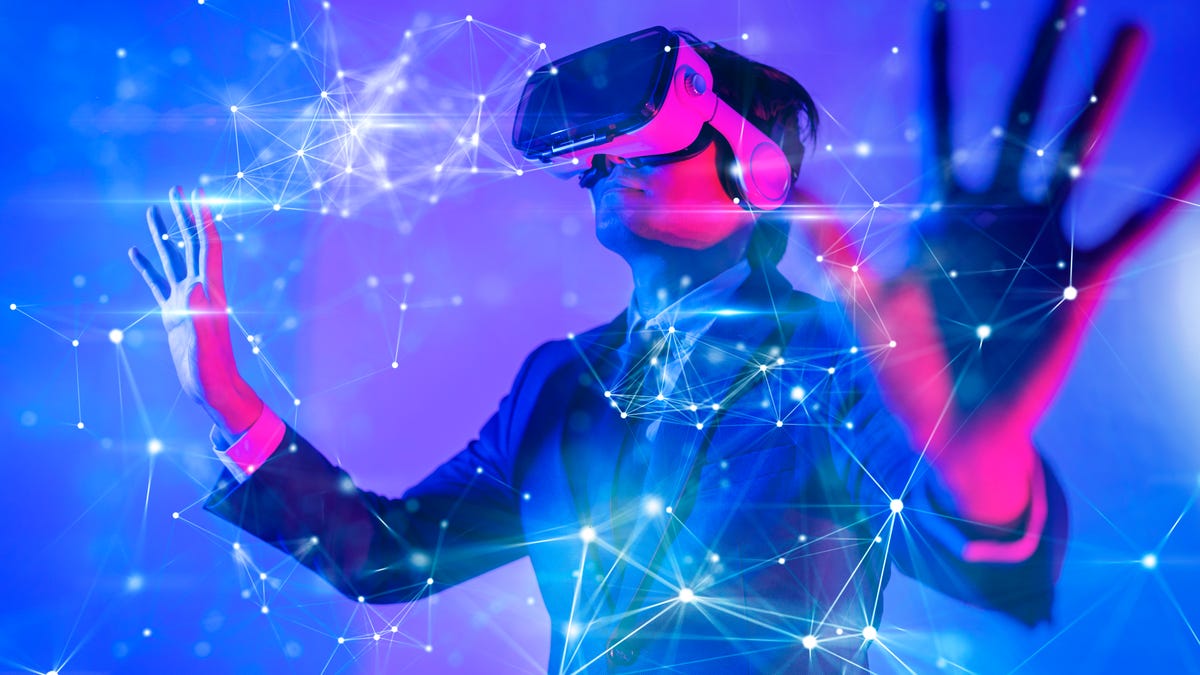
My project for the exhibition was a short Virtual Reality experience that I created using Unreal Engine. the idea of the experience was to give visitors a short insight into the experiences of many students who end up unengaged in class, with the experience designed to be bland, dreary, and have aspects of “zoning out”.

This is a screenshot of the Unreal editor showing the first scene that I wanted to show people at the exhibition. This scene is of an empty classroom, to show that the student is off in their own headspace, and there is white noise in the background to reinforce this fact within the visitor. The lights of the scene are rather prison like, showing the students attitude towards school.
The next scene worked while I was creating it, but unfortunately there were some fatal migraine-inducing visual bugs when running it off of the headset, so I had to cut it out of the exhibition product, but I still spent a couple of hours on it so I’m showing it here.

This is a frame you could see while wearing the VR set. This environment is designed to be a nice forest area where you can relax with the birds chirping in the background. This is a representation of a more engaging environment a student might find themselves in if this program was implemented.
I had two iPads on the desk next to me displaying articles pertaining to my project as well, the first being the aforementioned “What is technology enhanced learning?“, and the second being “The benefits of learning outside the classroom“. These articles were there to mostly serve as props for my spiel, but I pointed them out while talking so that the visitors could read more if they wanted to (this includes you, reader).
Overall, I think that the exhibition went over pretty well. I developed a pitch early on with my pre-established knowledge, and people clearly thought that my pitch was pretty good, because I came second place in the somewhat convoluted vote at the end. All in all, I think that creating this product and research was a test of my skills and perseverance, (especially the random errors while trying to import and export my project) and was a somewhat enjoyable experience trying to learn something new while under a tight time constraint!!!!
Thanks for reading this far,
Keenan











